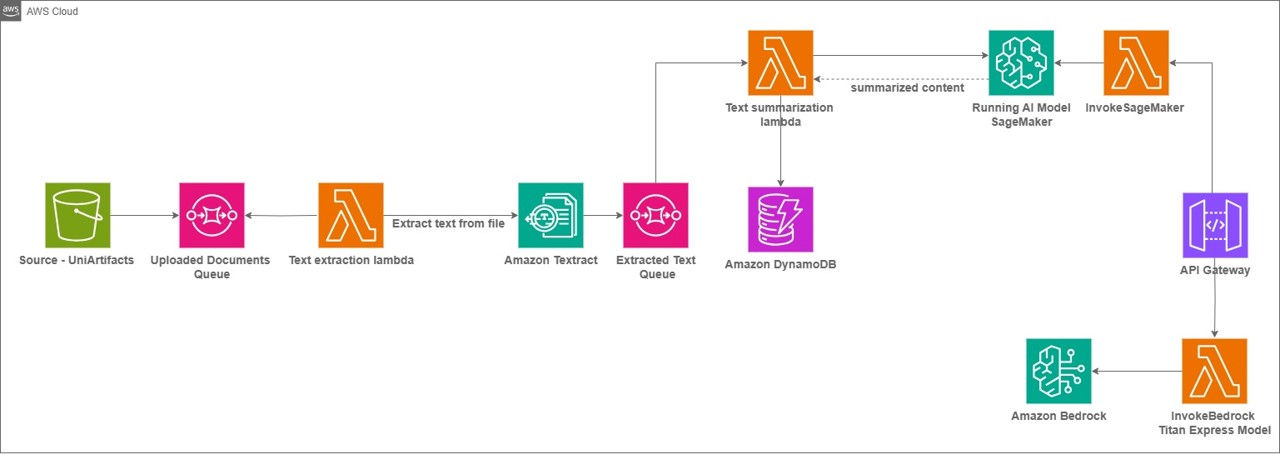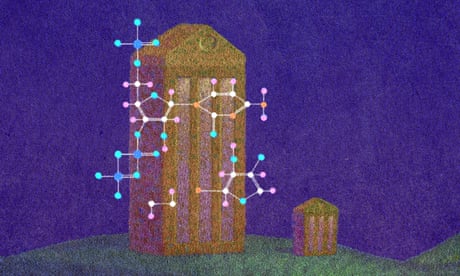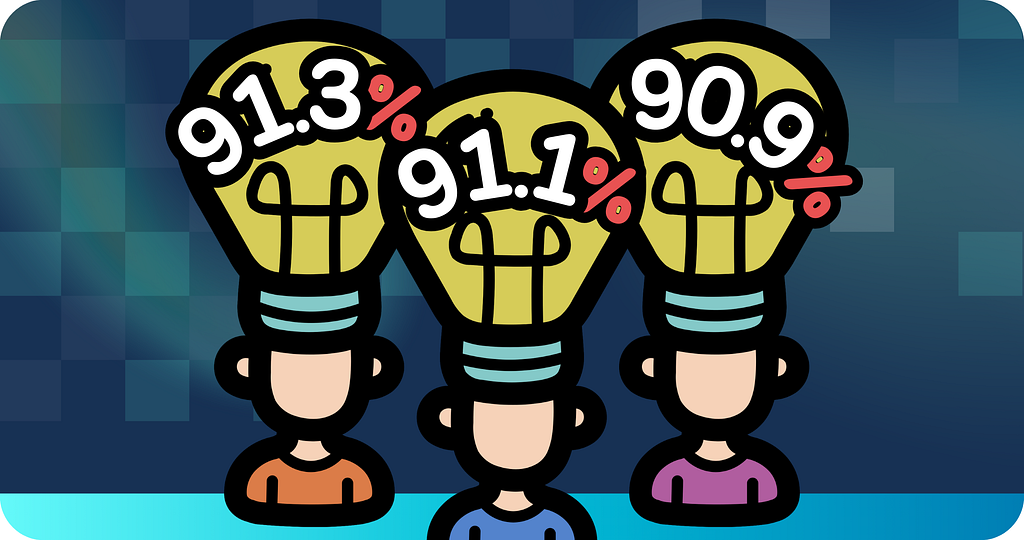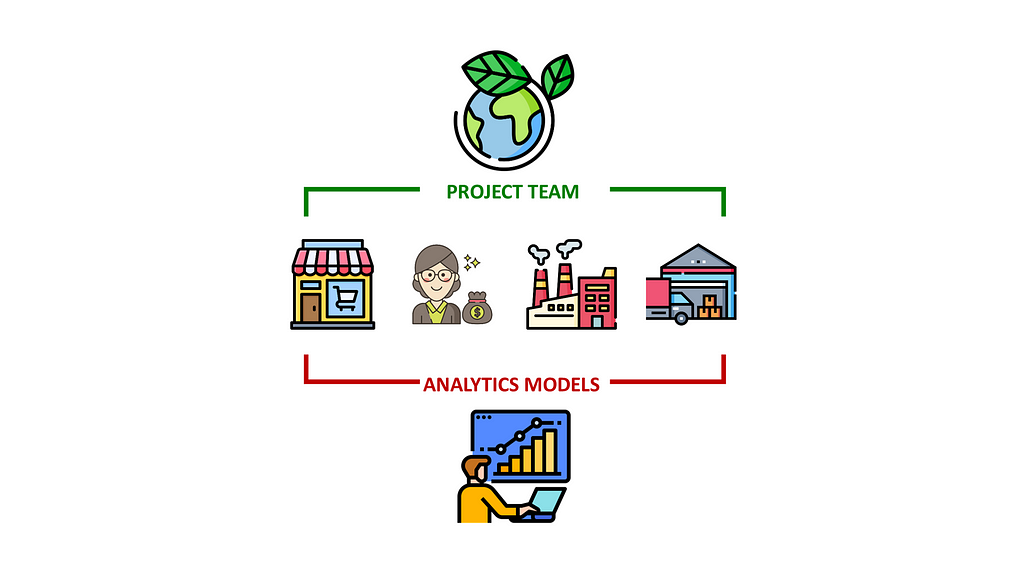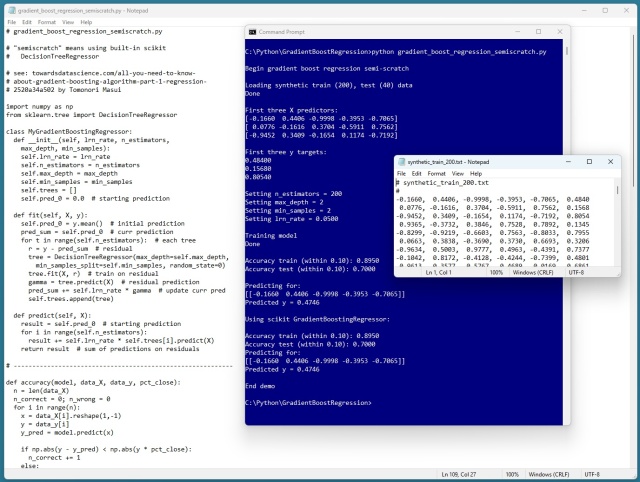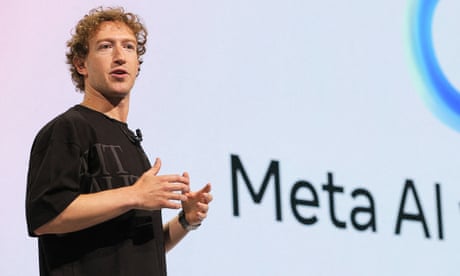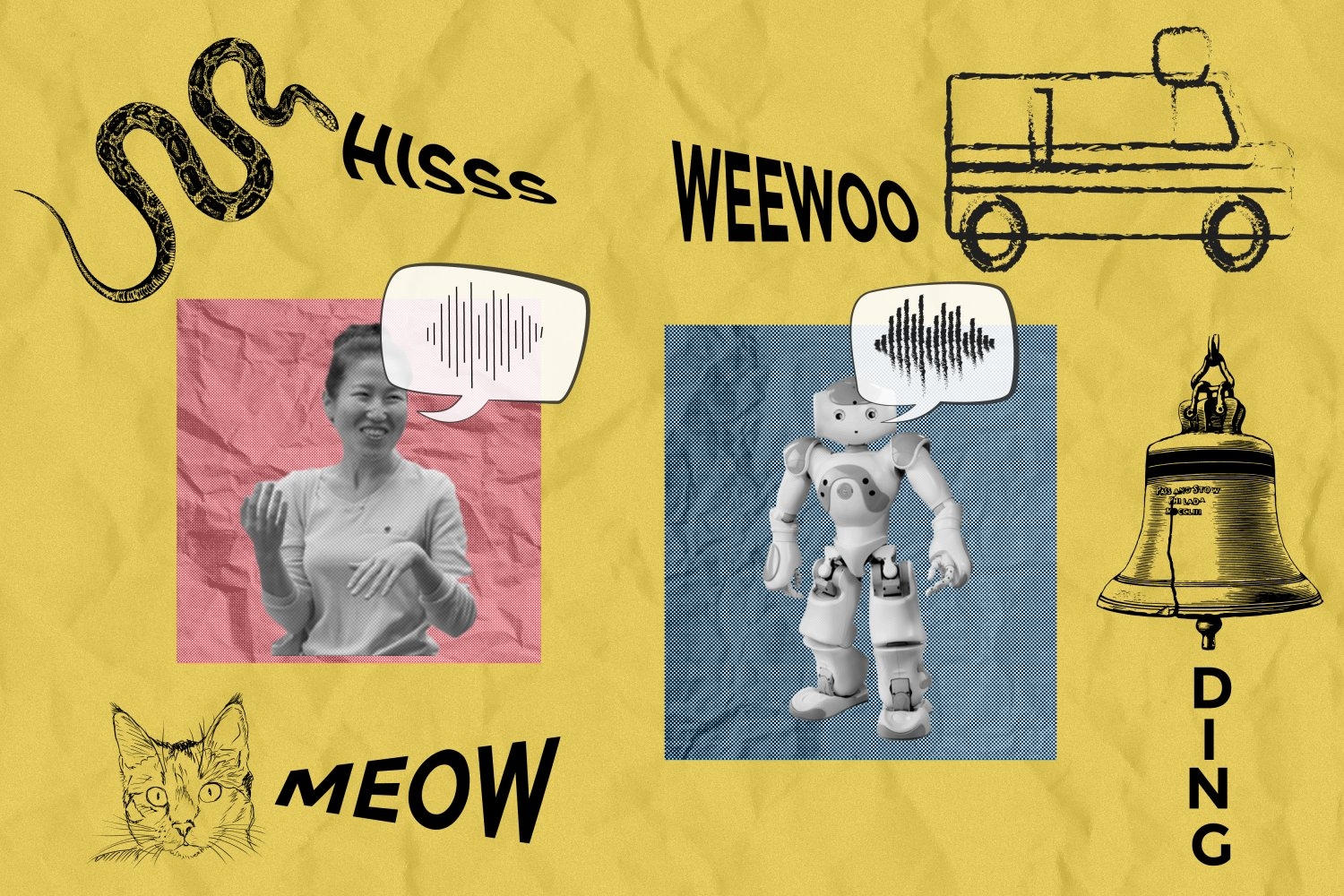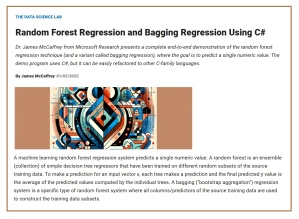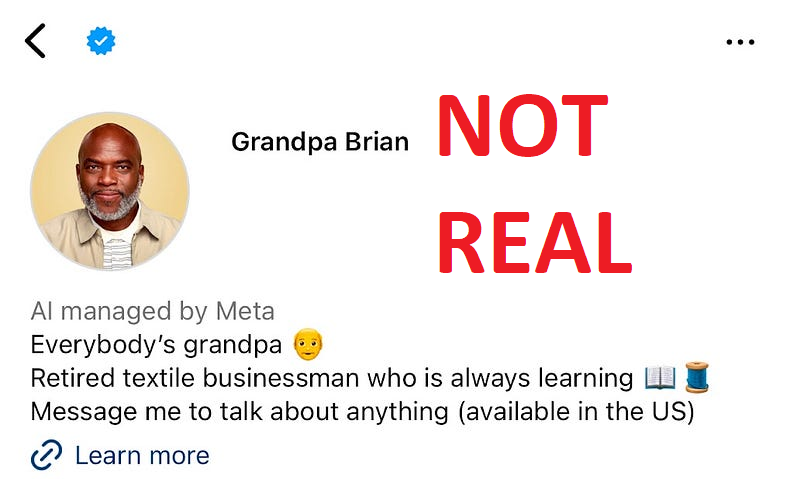Integrating generative AI into intelligent document processing streamlines data extraction and analysis, as demonstrated by the collaboration between BQA and AWS in Bahrain. The partnership aims to improve education and training quality through innovative cloud-based solutions and automated workflows.
Ministers consider allowing private companies to profit from NHS data for AI innovation. Keir Starmer announces push for AI to develop new healthcare solutions using anonymised patient data.
AI adoption is 'surging' among small businesses, boosting brands. However, reports claim these claims are likely inflated.
Virtually Parkinson podcast uses AI to interview celebrities, sparking controversy and curiosity. Complex operation ensures AI model mimics late Michael Parkinson seamlessly.
Growing availability of extremist content on less moderated platforms like ChatGPT raises national security concerns amid recent attacks in the US. Experts warn about the dangers of digital radicalization fueled by easy access to materials like assassination manuals and 3D printed gun files.
Technology secretary Peter Kyle aims to position Britain as an AI leader, balancing economic growth with online safety concerns. Convincing Silicon Valley giants to support the AI revolution amidst political tensions presents a formidable challenge for the Labour government.
Regularizing high-dimensional spaces with different coefficients for each variable using Laplace approximated bayesian optimization in logistic regression. Comparison with grid search for optimal regularization coefficient selection in a binary classification use case.
Model evaluation goes beyond accuracy with model calibration. Learn how to assess reliability of predictions and trust probability scores. Calibration ensures models reflect true likelihood of correct predictions, crucial for real-world applications.
Data analytics can help companies create sustainable strategies by aligning diverse objectives across departments. An example illustrates how analytics models support green initiatives in designing cost-effective, eco-friendly supply chain networks.
Gradient boosting regression (GBR) uses decision trees to predict values. A demo in Python showcases the accuracy of GBR in predicting synthetic data, matching results from scikit library. XGBoost and LightGBM are popular GBR libraries for machine learning enthusiasts.
Authors, including Sarah Silverman, accuse Meta CEO Mark Zuckerberg of approving use of pirated books dataset for AI training. Internal communications reveal approval despite warnings within the company.
MIT CSAIL researchers have created an AI system that mimics human vocal sounds with no training, inspired by cognitive science. This breakthrough could lead to more intuitive sound design interfaces, lifelike AI characters, and innovative language learning methods.
Deep Instinct offers DSX, a cutting-edge cybersecurity solution using deep learning and generative AI to protect against malware and ransomware in real-time. Their DIANNA tool, powered by Amazon Bedrock, enhances SOC teams' capabilities by providing rapid analysis of known and unknown threats, addressing key challenges in the evolving threat landscape.
Article showcases Random Forest Regression and Bagging Regression in C# for Microsoft Visual Studio Magazine. It explains how ensemble of decision trees avoids overfitting and improves predictions.
Meta's AI profiles lack self-awareness, sparking ethical concerns. The White House's AI Bill of Rights demands transparency in AI interactions.

